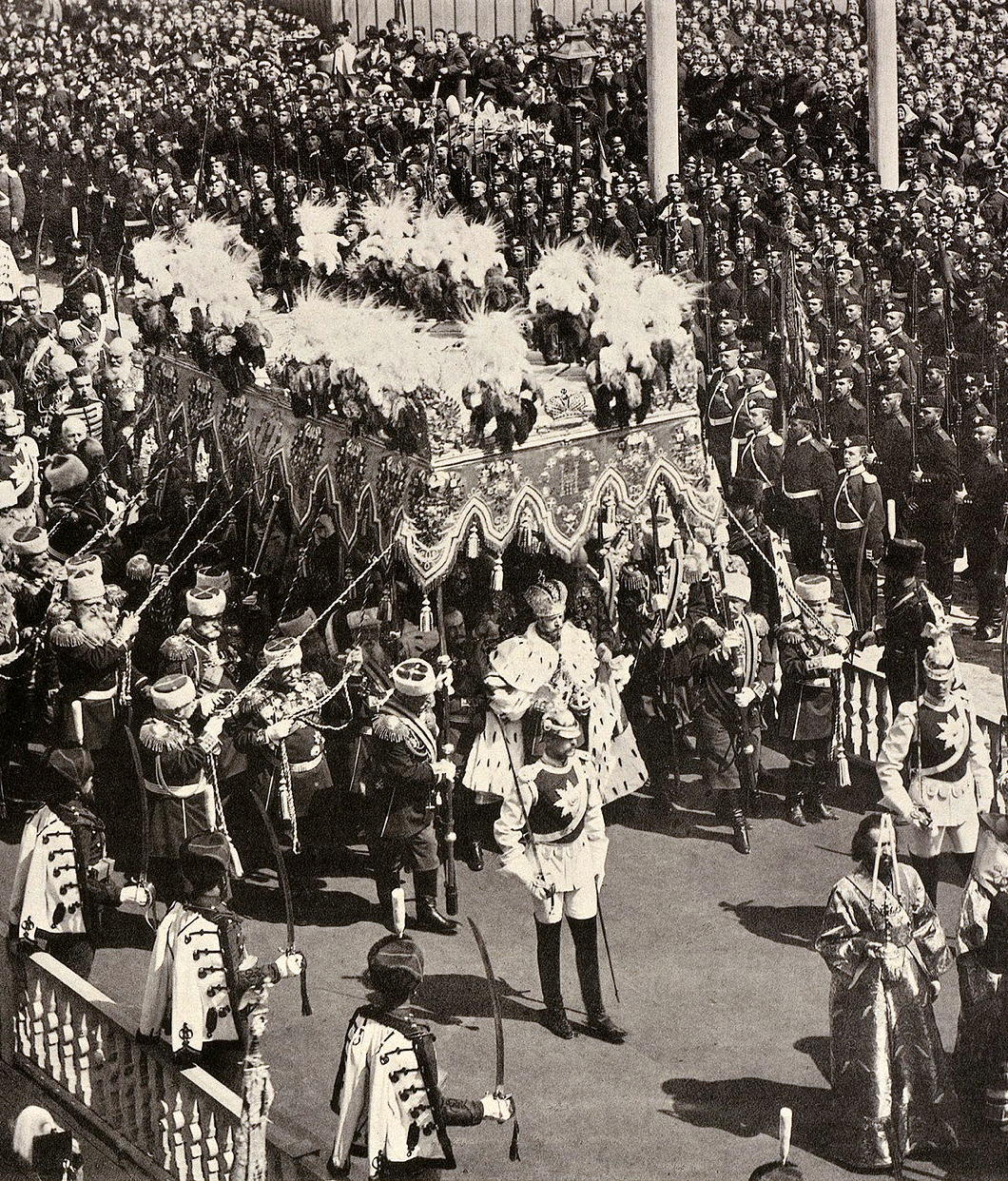2022 December
About Andrew Cusack
 Writer, web designer, etc.; born in New York; educated in Argentina, Scotland, and South Africa; now based in London.
Writer, web designer, etc.; born in New York; educated in Argentina, Scotland, and South Africa; now based in London. read more
News
Blogs
Reviews & Periodicals
Arts & Design
World
France
Mitteleuropa
Knickerbockers
Argentina
The Levant
Africa
Cape of Good Hope
Netherlands
Scandinavia
Québec
India
Muscovy
Germany
Academica
The Pale Blue Eye
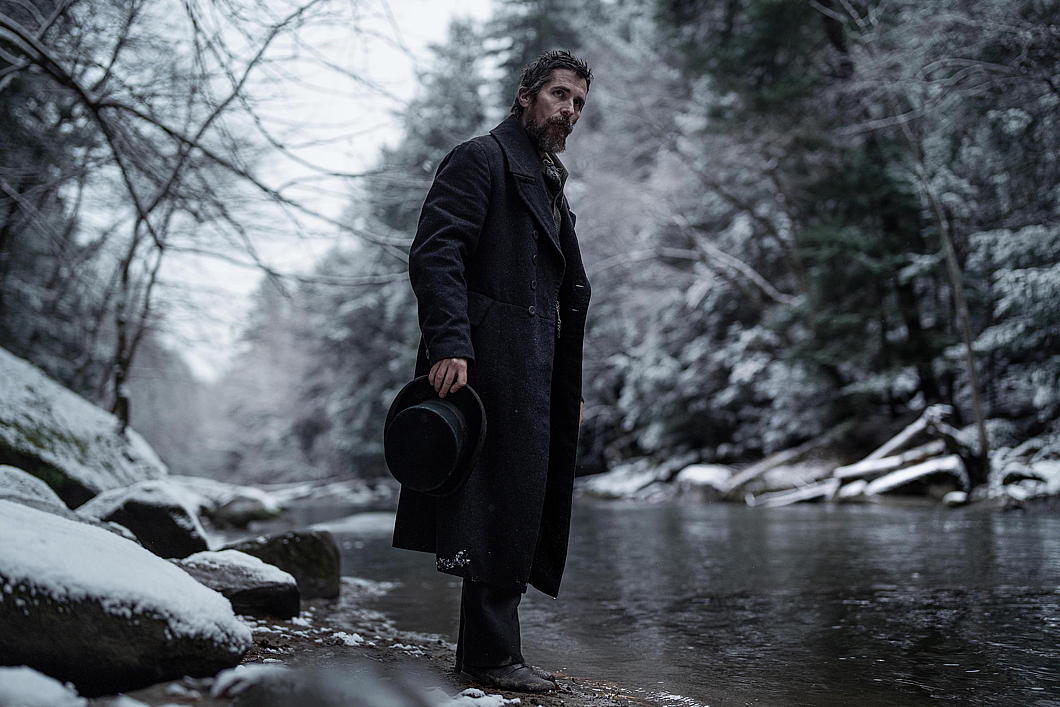
Just as there aren’t enough films set in seventeenth-century Holland, we don’t get enough films set in God’s own Hudson Valley of New York. When I saw the trailer for ‘The Pale Blue Eye’, a semi-supernatural mystery set in 1830s West Point, I thought: yes, sign me up.
A cadet at the military academy is found hanged and, a day later, his heart carved out. USMA commandant Sylvanus Thayer enlists the help of Augustus Landor, a former detective from New York City — in the pre-NYPD days when crime was fought by an odd hodge-podge of the night watch, city magistrates, and a few dozen constables.
Conveniently for Thayer, the highly reputed Landor has retired to the Hudson Highlands. Thayer hopes his investigation will prevent any scandal giving impetus to the still-fledgling Academy’s enemies in Washington.
Conveniently for Landor, he is aided and abetted in this task by an eccentric bohemian amongst the “Long Gray Line” of cadets: Edgar Allan Poe. The paragon of American Gothick was indeed a cadet at West Point in 1830 under his own name, after having spent a few years in the Army as an enlisted man under a pseudonym.
It would be easy to reduce any film with Poe as a central character to a procession of campy retro-emo tropes, but the role is played by Harry Melling with surprising skill. Timothy Spall plays Sylvanus Thayer — rather unfairly, I thought — with Simon McBurney as the commandant’s sidekick Captain Hitchock.
Toby Jones is the academy doctor with Gillian Anderson as his scheming, driven wife, Lucy Boynton the beautiful daughter (apple of the eye of many a cadet) and Harry Lawtey as their smug son Artemis, also enrolled in the Academy.
It is a fundamental Cusackian principle never to let the perfect be the enemy of the good, so I won’t complain that ‘The Pale Blue Eye’ is actually filmed in western Pennsylvania rather than along the actual banks of the Hudson. Riparian overdevelopment makes it difficult to evoke the Hudson of 1830s effectively today, and the filmmakers have done well recreating the spirit of the gothic revival era in America’s Rhineland with the locations they chose and the set design. This is fiction, after all, and it needn’t be pedantically true to the time-period — so long as nothing jars.
As it proceeds, the plot is intriguing, fantastic, and absurd and it gives us a final twist in the end. Some strands develop a little two quickly — the connection between Poe and Lea — and Robert Duvall’s role as an expert in the occult is too much of a deus ex machina.
But this is simple fun, not high art, and as a gothick conjuring of a formative but under-explored time and place it is well worth a viewing. (more…)
Mexican Diplomats
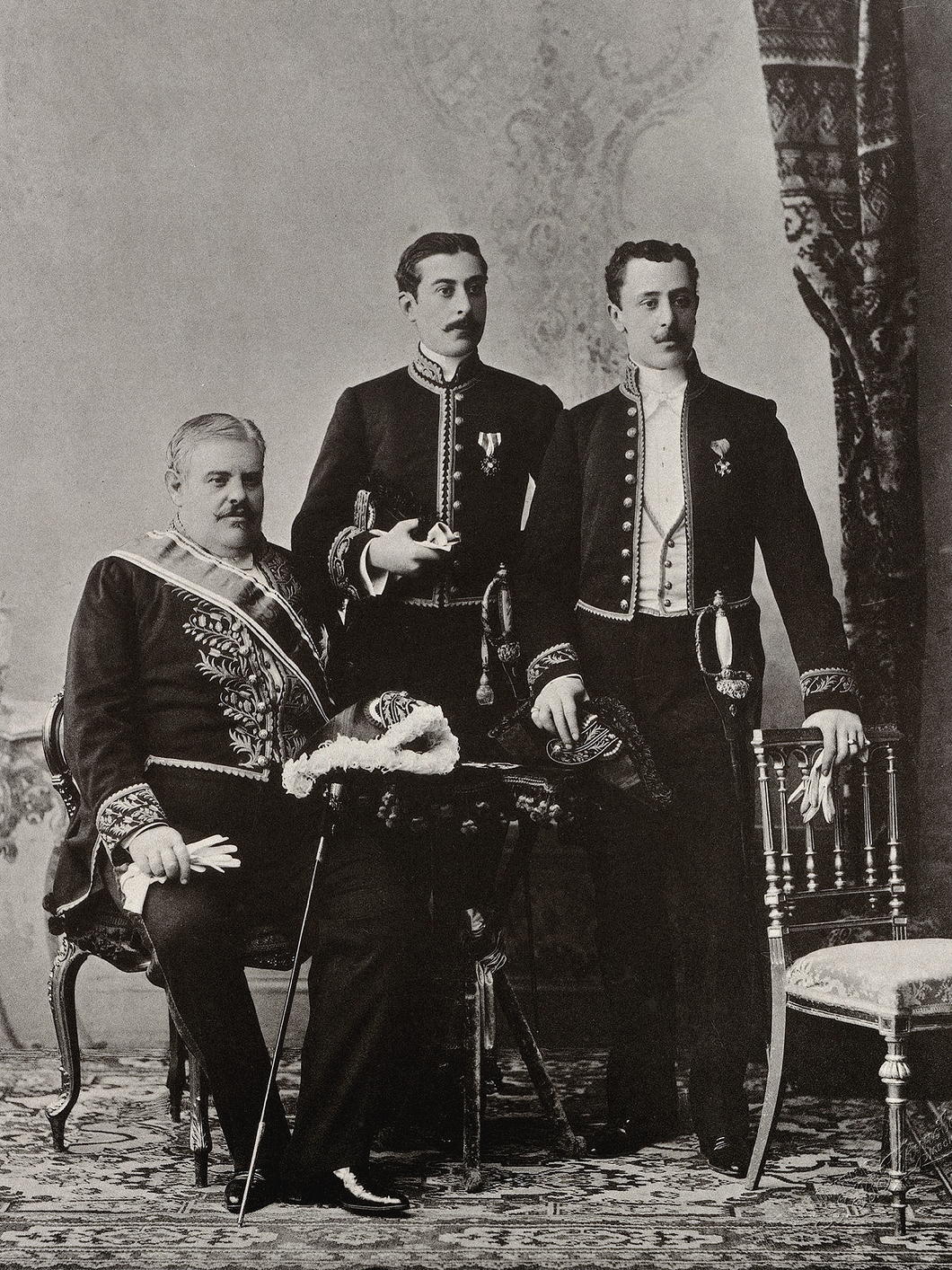
Don Manuel Iturbe, envoy extraordinary and minister plenipotentiary, sits wearing the full civil uniform of an ambassador while the two attachés, Don Miguel Iturbe and Don Juan Beistegui, stand wearing lower grades of diplomatic dress.
All three wear the Order of St Stanislaus — the Polish royal order incorporated into the Romanov orders in 1832.
The records of the Mexican congress shows that Manuel Iturbe was authorised to accept Grand Cross of the order while Miguel (who I presume was Don Manuel’s son though I can’t confirm) and Juan Beistegui had to settle for the ordinary Cross of St Stanislaus.
Christmas Tree
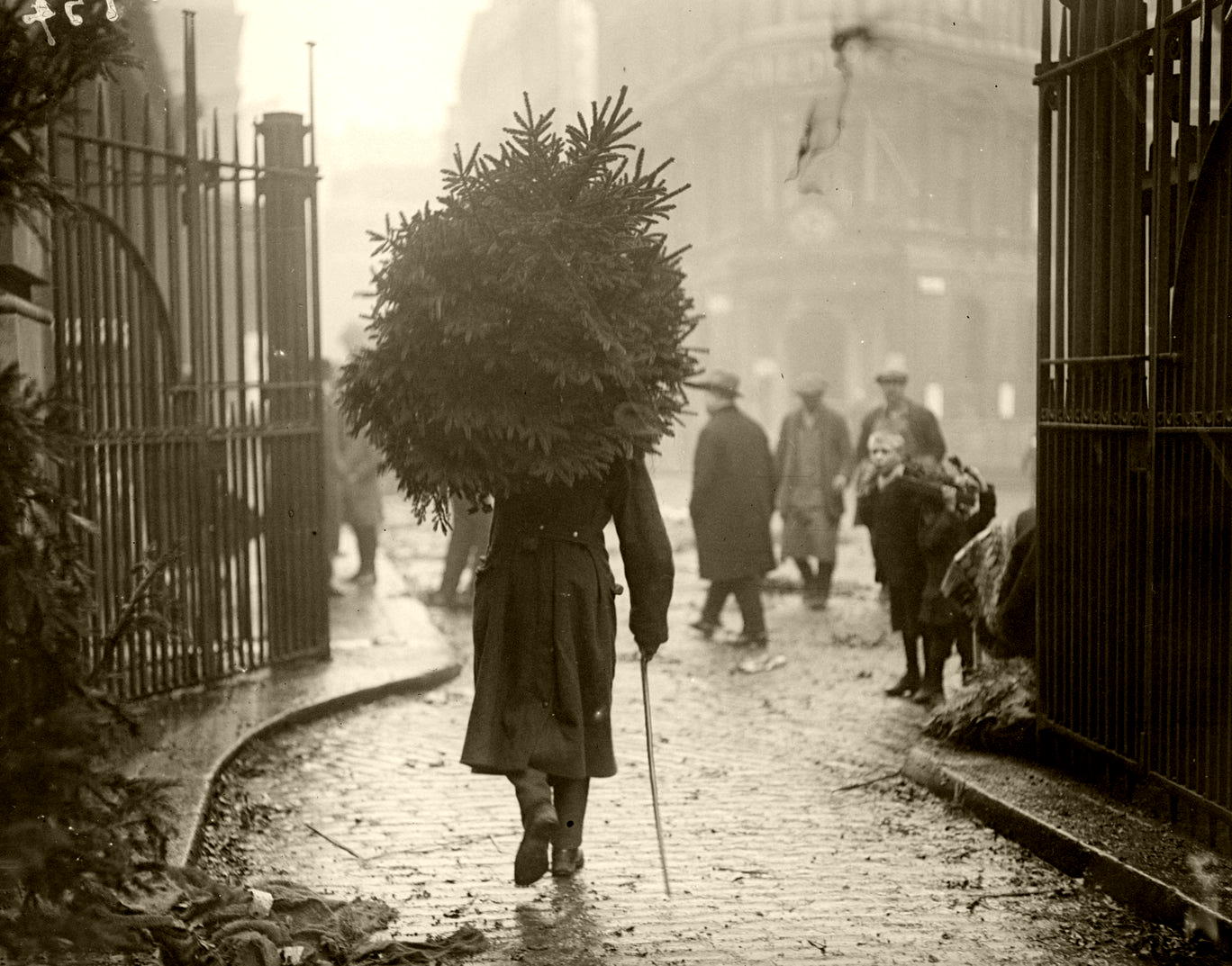
The Other Modern in Jewish Amsterdam
Jacobus Baars’ Synagoge Oost, Linnaeus Street
There were few places where architecture’s competing forms of modernism overlapped more than the Netherlands in the 1920s. Traditionalists like Kropholler, De Stijl’s Oud, Rationalists like van der Vlugt and Duiker, and the versatile Dudok built alongside the work of the capital’s eponymous ‘Amsterdam school’ style.
The influence of the great Dutch architect Pierre Cuypers — Holland’s Pugin — might be inferred as the progenitors of the Amsterdam school (De Klerk, van der Mey, and Kramer) all studied or worked in the firm of Cuypers’ nephew Eduard.
The Dutch capital’s take on the brick expressionism originated among its Hanseatic neighbours but was sufficiently distinct to merit its own name. Architect Jacobus Baars (1886-1956) deployed the style to great effect in the work he did for Amsterdam’s then-flourishing Jewish community.
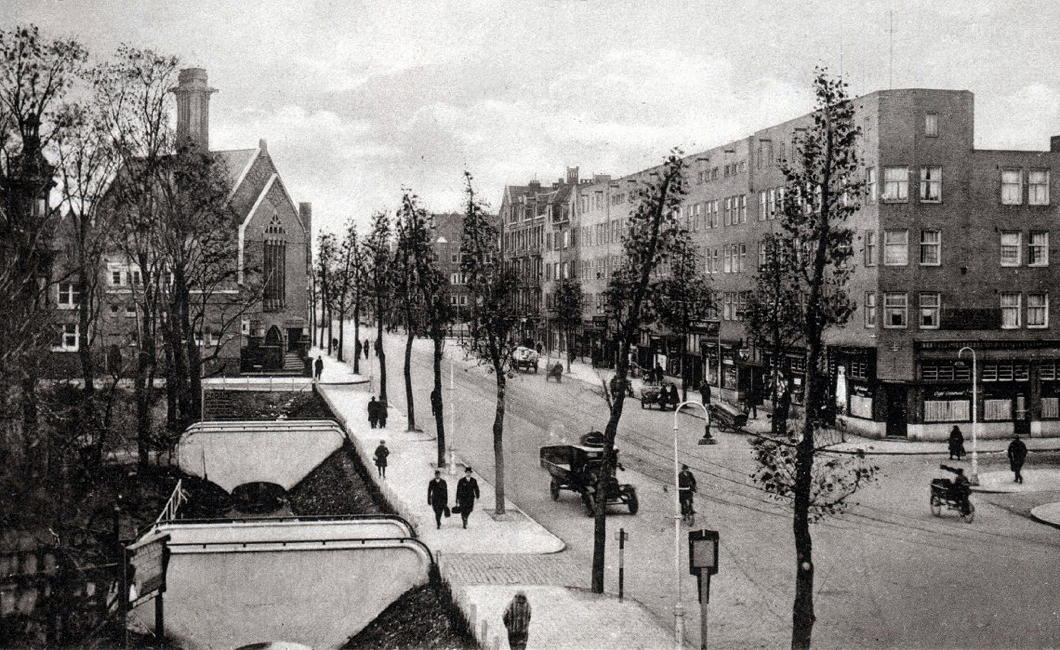
Baars designed the 1928 Synagoge Oost (East Synagogue) on Linnaeusstraat (Linnaeus Street) in the Transvaalbuurt neighbourhood that was developed in the first decades of the twentieth century.
Dutch sympathies in the then-still-recent Anglo-Boer War are obvious from the naming of local streets and squares (and, indeed, the district) after Afrikaner places, battles, and statesmen.
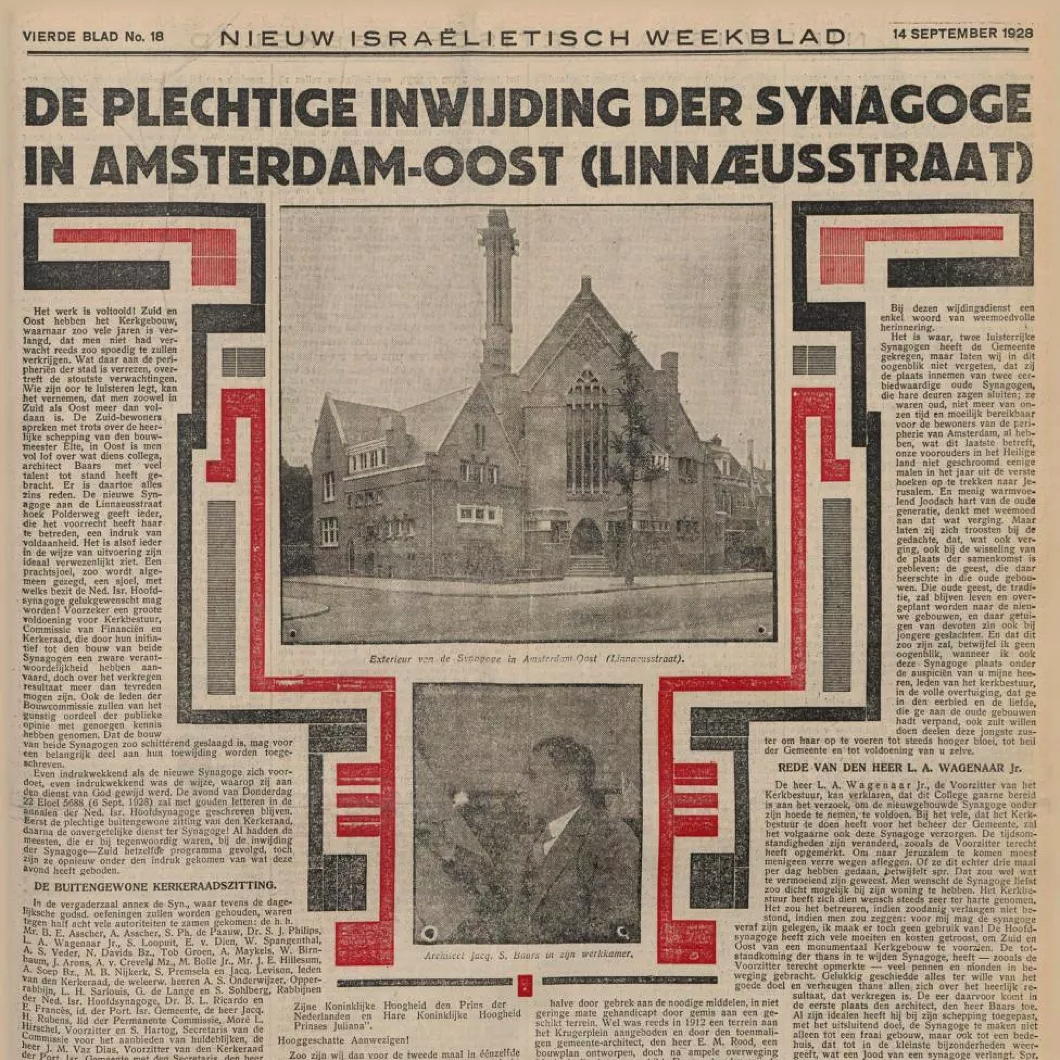
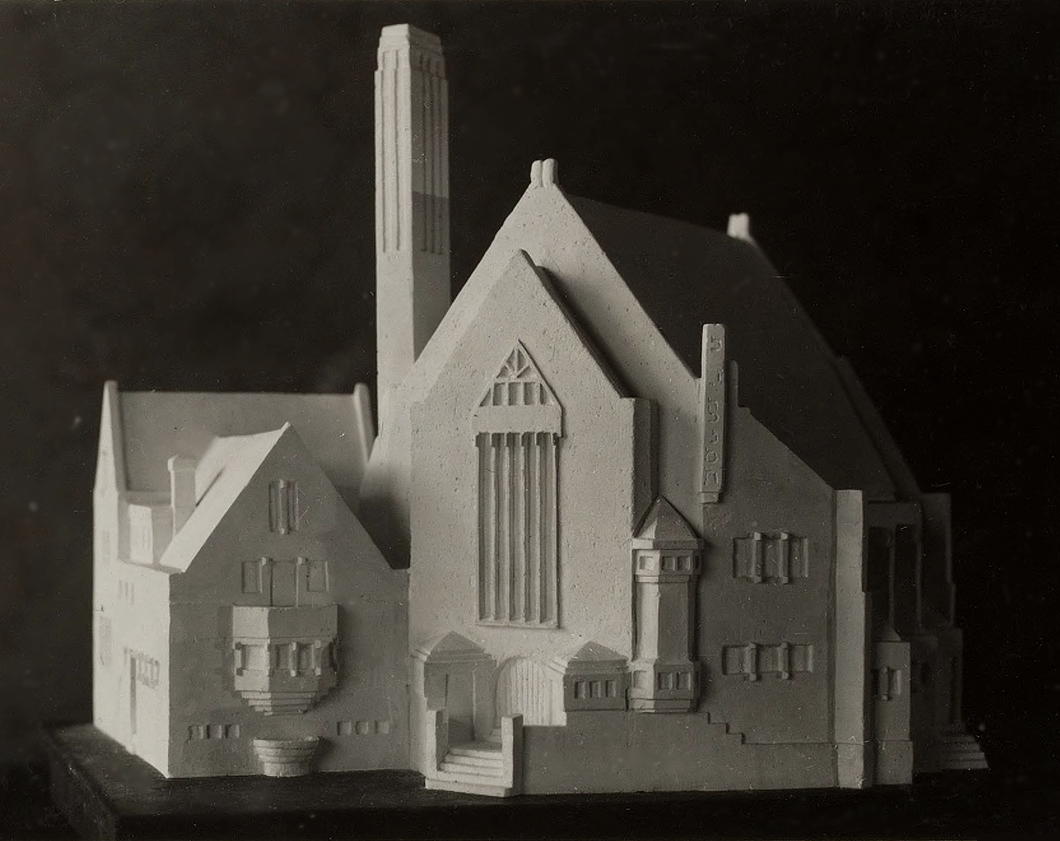
The architect placed the building at an angle so that the entrance could face on to Linnaeusstraat while the holy ark containing the Torah scrolls faced Jerusalem, skilfully filling in the rest of the site with clergy and school structures ancillary to the sanctuary and congregation. (more…)
Christmas Book List 2022
A reading list for the festive season
Instead, I will give an actual Christmas book list — namely, a list of books I intend to read this Christmas, snuggled up in whatsoever sufficient level of coziness I manage to achieve.
If you want to read a partial selection of books I’ve already finished reading, there is a Twitter thread you can consult (though, naturally, it doesn’t list everything).
But here are the eight books I’m looking forward to devouring.
Thomas Pink is now Emeritus Professor of Philosophy at King’s College London but he is no less busy since he has several volumes either to write or to edit on his to-do list. As a natural polymath with many interests, Tom is one of the best book-recommenders I have the privilege of knowing.
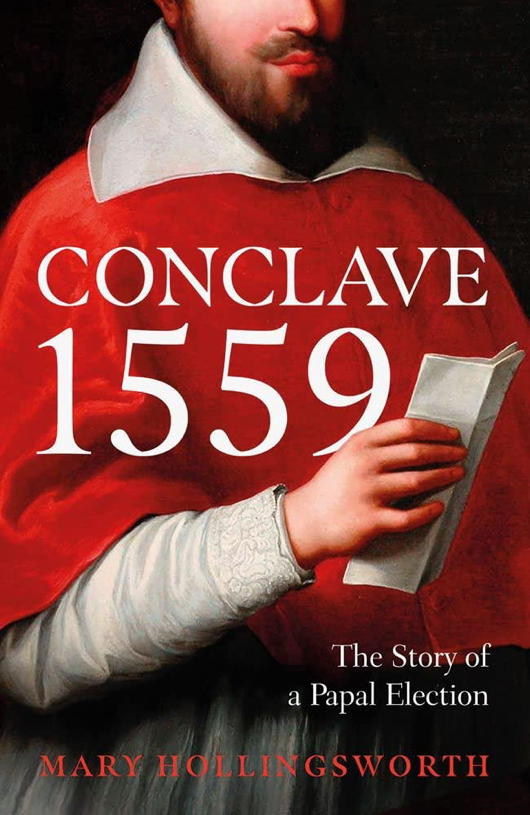 Last time we had a drink he put forward Mary Hollingsworth’s Conclave 1559: Ippolito d’Este and the Papal Election of 1559. It’s the only one on my Christmas reading list I’ve already jumped right into, and it’s excellent so far.
Last time we had a drink he put forward Mary Hollingsworth’s Conclave 1559: Ippolito d’Este and the Papal Election of 1559. It’s the only one on my Christmas reading list I’ve already jumped right into, and it’s excellent so far.
This is a period of European (and world) history I’ve not devoted any great study to, so Hollingsworth’s accounts almost attains the level of a political thriller. She’s skilled at combining archival research with an eye for the enlightening detail, which makes Conclave 1559 an enjoyable read.
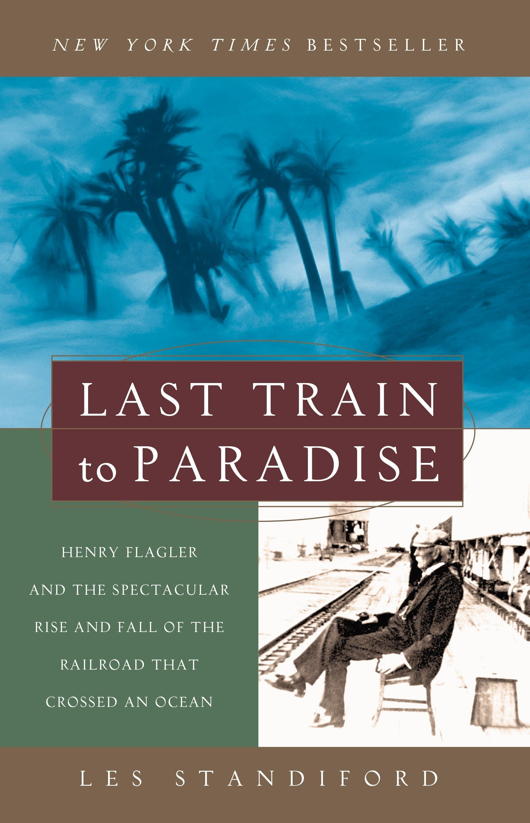 Another history on my list is Last Train to Paradise: Henry Flagler and the Spectacular Rise and Fall of the Railroad That Crossed an Ocean by Les Standiford. As a child visiting the colonial city of St Augustine in Florida I remember seeing some of the extraordinary Spanish revival buildings Henry Flagler erected as part of his rail-and-hotel conglomerate.
Another history on my list is Last Train to Paradise: Henry Flagler and the Spectacular Rise and Fall of the Railroad That Crossed an Ocean by Les Standiford. As a child visiting the colonial city of St Augustine in Florida I remember seeing some of the extraordinary Spanish revival buildings Henry Flagler erected as part of his rail-and-hotel conglomerate.
Florida as we know it today was practically invented over a century ago when Flagler built his Florida East Coast Railway to bring northerners down to the Sunshine State. From 1905 to 1912 he managed a feat of engineering by extending the line across the Florida Keys.
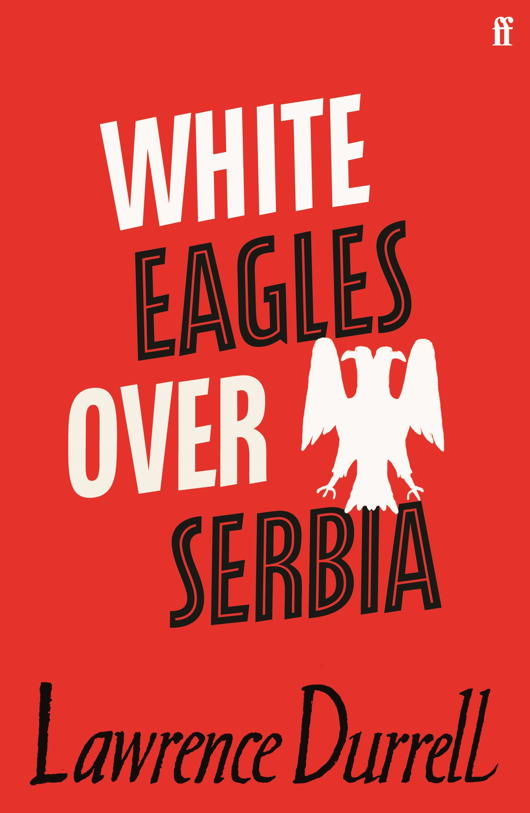 Lawrence Durrell, despite never being a UK citizen thanks to quirks of Indian birth and bureaucracy, spent a few spells of his life working for the British diplomatic service. He’s most famous for his ‘Alexandria Quartet’, but it is White Eagles Over Serbia — a tale of a British agent caught between communists and royalists in post-war Yugoslavia — that has made it to my festal reading list.
Lawrence Durrell, despite never being a UK citizen thanks to quirks of Indian birth and bureaucracy, spent a few spells of his life working for the British diplomatic service. He’s most famous for his ‘Alexandria Quartet’, but it is White Eagles Over Serbia — a tale of a British agent caught between communists and royalists in post-war Yugoslavia — that has made it to my festal reading list.
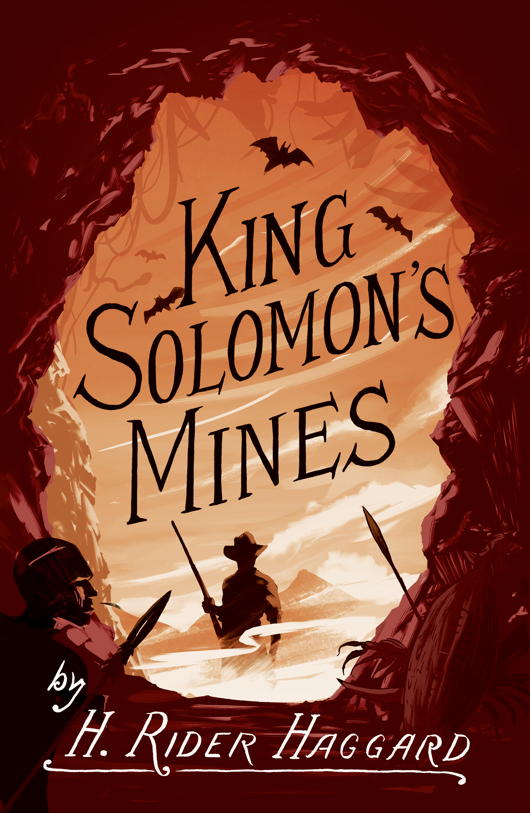 Exotic tales of derring-do were the stock in trade of Sir H. Rider Haggard, but I have to admit I’ve never read anything by this popular Victorian/Edwardian writer.
Exotic tales of derring-do were the stock in trade of Sir H. Rider Haggard, but I have to admit I’ve never read anything by this popular Victorian/Edwardian writer.
Rectifying this error, King Solomon’s Mines is on my Christmas pile (though I was tempted by She as well).
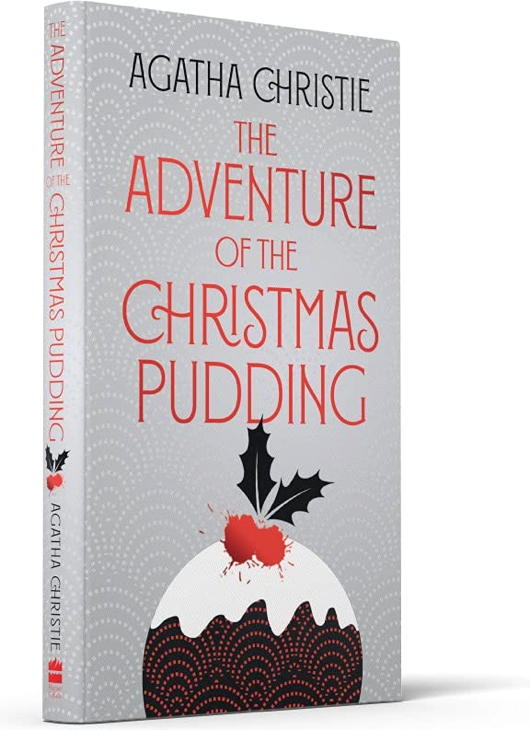 I love a good detective novel, and the undoubted Queen of Mystery is Dame Agatha Christie. The Adventure of the Christmas Pudding is a collection of short stories including both Miss Marple and Hercules Poirot.
I love a good detective novel, and the undoubted Queen of Mystery is Dame Agatha Christie. The Adventure of the Christmas Pudding is a collection of short stories including both Miss Marple and Hercules Poirot.
In case I don’t get my fill of ze little grey cells I’ve grabbed a copy of Hercule Poirot’s Christmas as well.
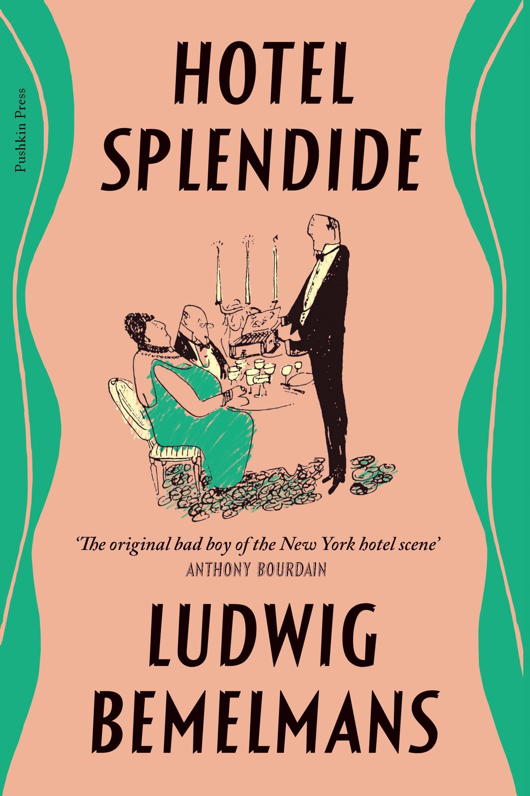 A trip back to my Heimat of New York is provided by Ludwig Bemelmans’ Hotel Splendide. More famous for creating the Madeleine series of children’s books, Bemelmans immigrated to America before the First World War, volunteered for the U.S. Army, and worked at several hotels and restaurants. These latter experiences resulted in this comic novel about life behind the scenes in a swish Manhattan hotel.
A trip back to my Heimat of New York is provided by Ludwig Bemelmans’ Hotel Splendide. More famous for creating the Madeleine series of children’s books, Bemelmans immigrated to America before the First World War, volunteered for the U.S. Army, and worked at several hotels and restaurants. These latter experiences resulted in this comic novel about life behind the scenes in a swish Manhattan hotel.
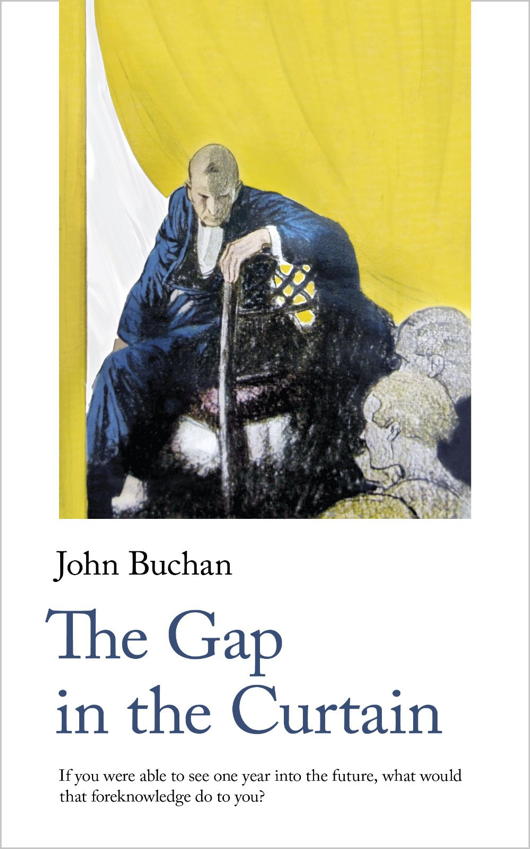 Having been previously introduced to the character of Sir Edward Leithen, I thought it might be worth catching up with him in John Buchan’s The Gap in the Curtain.
Having been previously introduced to the character of Sir Edward Leithen, I thought it might be worth catching up with him in John Buchan’s The Gap in the Curtain.
The Scots barrister and Tory MP is introduced to a brilliant physicist and mathematician who explains his theory on the workings of time and the cryptic ability to see into the future. Buchan is a reliable storyteller with admirable instincts, though this series of stories veers into the realms of science fiction.
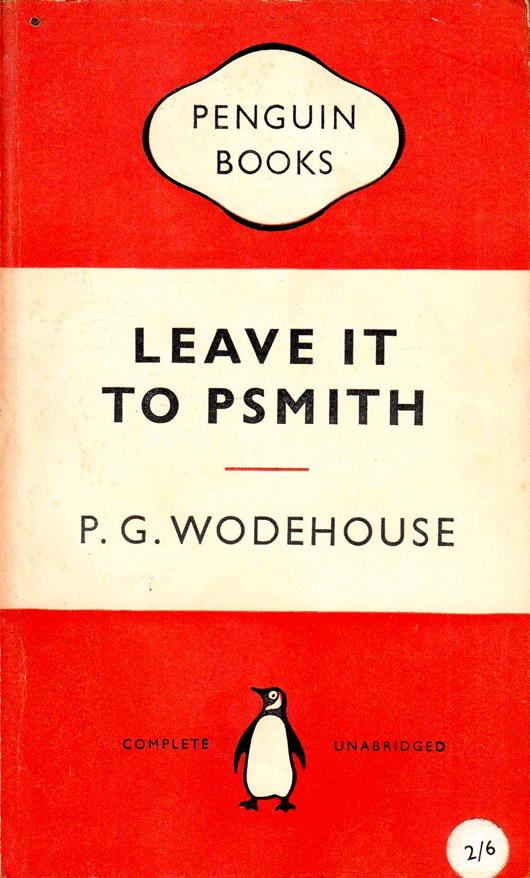 But Christmas is a light-hearted time, and so my Christmas reading list finishes with a visit to Blandings Castle thanks to Sir Pelham Grenville Wodehouse’s Leave it to Psmith.
But Christmas is a light-hearted time, and so my Christmas reading list finishes with a visit to Blandings Castle thanks to Sir Pelham Grenville Wodehouse’s Leave it to Psmith.
The ‘p’, of course, is silent — “like in ‘pshrimp’”.
Celebrating Saint Nicholas in New York
As any fool knows, the great city of New York has as its patron and protector a great and holy saint, the wonderworker Nicholas of Myra (AD 270-343).
A great city and a great saint merit a great feast, and since 1835 the Society of Saint Nicholas in the City of New York has risen to the task of commemorating the holy bishop as well as rendering honour to our Dutch forefathers of old who founded New Amsterdam in the colony of New Netherland where the waters of the Hudson meet the Atlantic Ocean.
Blustering through the archives, it is rewarding to read of how this feast has been kept over the years.
This little snippet from The New York Times relays the St Nicholas Society’s feasting in 1877:
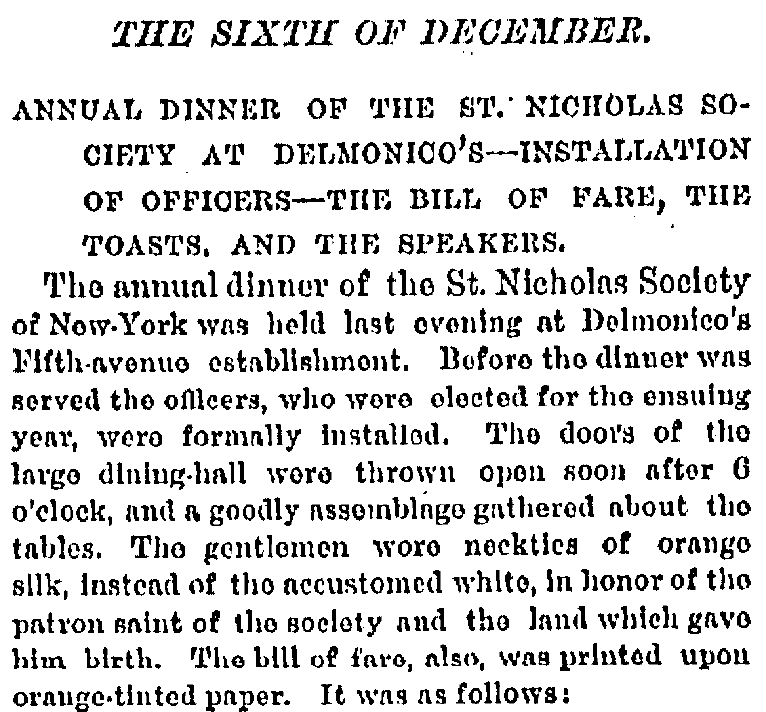
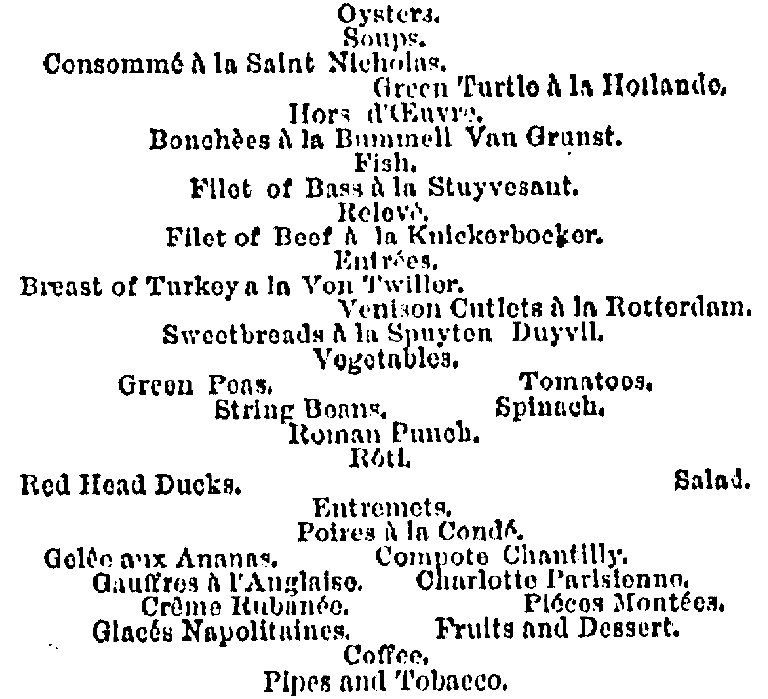
Sounds like quite a meal, but it was followed by toasts and responses appropriate to St Nicholas Day and to the city:
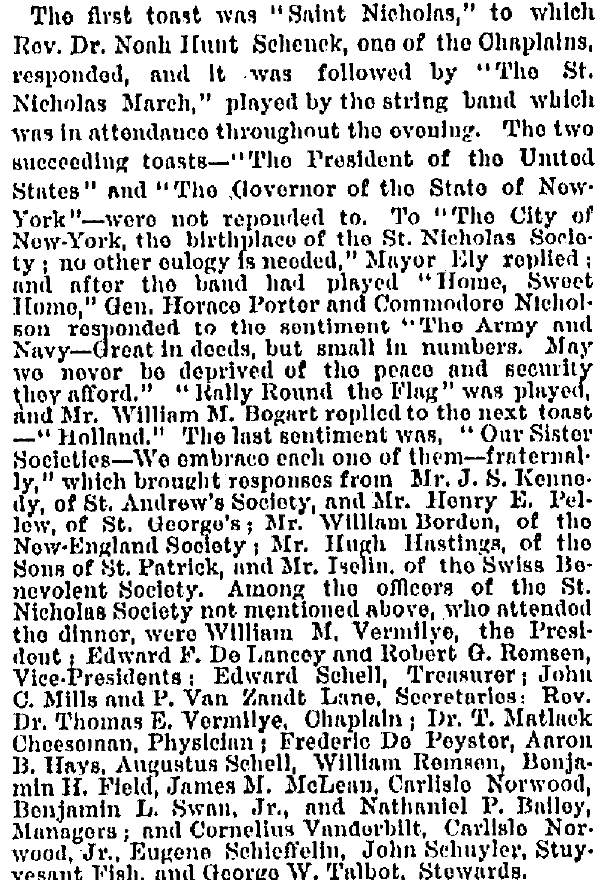
Just over a decade later in 1888, the Times again gives its report on what sounds like an amusing evening:
After an elaborate dinner had been discussed and as the coffee and long clay pipes were handed around, the old weathercock that Washington Irving gave the society was brought in and placed at its post of honor before the President, and the toast-making was begun. Austin G. Fox replied to the toast “Saint Nicholas,” and paid an eloquent tribute to the memory of W. H. Bogart of Aurora, N.Y., who had answered that sentiment at nearly every previous dinner.
The toast “The President of the United States” was drank standing and was lustily cheered. Ex-Judge Henry E. Howland made a witty response to “The Governor of the State of New-York,” touching upon every other imaginable subject but the one to which he was to respond, and James C. Carter responded to “Our City.” The Rev. Dr. J.T. Duryea spoke to “Holland,” and Warner Miller, in the absence of Gen. Sherman, replied to “The Army and Navy.” Joseph H. Choate made a characteristic reply to “The Founders of New-Amsterdam.”
The newspaper further relates that: “At the request of the St. Nicholas Society, Mayor Hewitt had flags displayed on the City Hall yesterday in honor of the festival of St. Nicholas, the patron of this city.”
In 1907, the Society’s members and guests marched into dinner at Delmonico’s two-by-two, preceded by a trumpeter and twelve servants “clad in the black and orange liveries of early Holland” escorting the newly elected president, Col. William Jay.
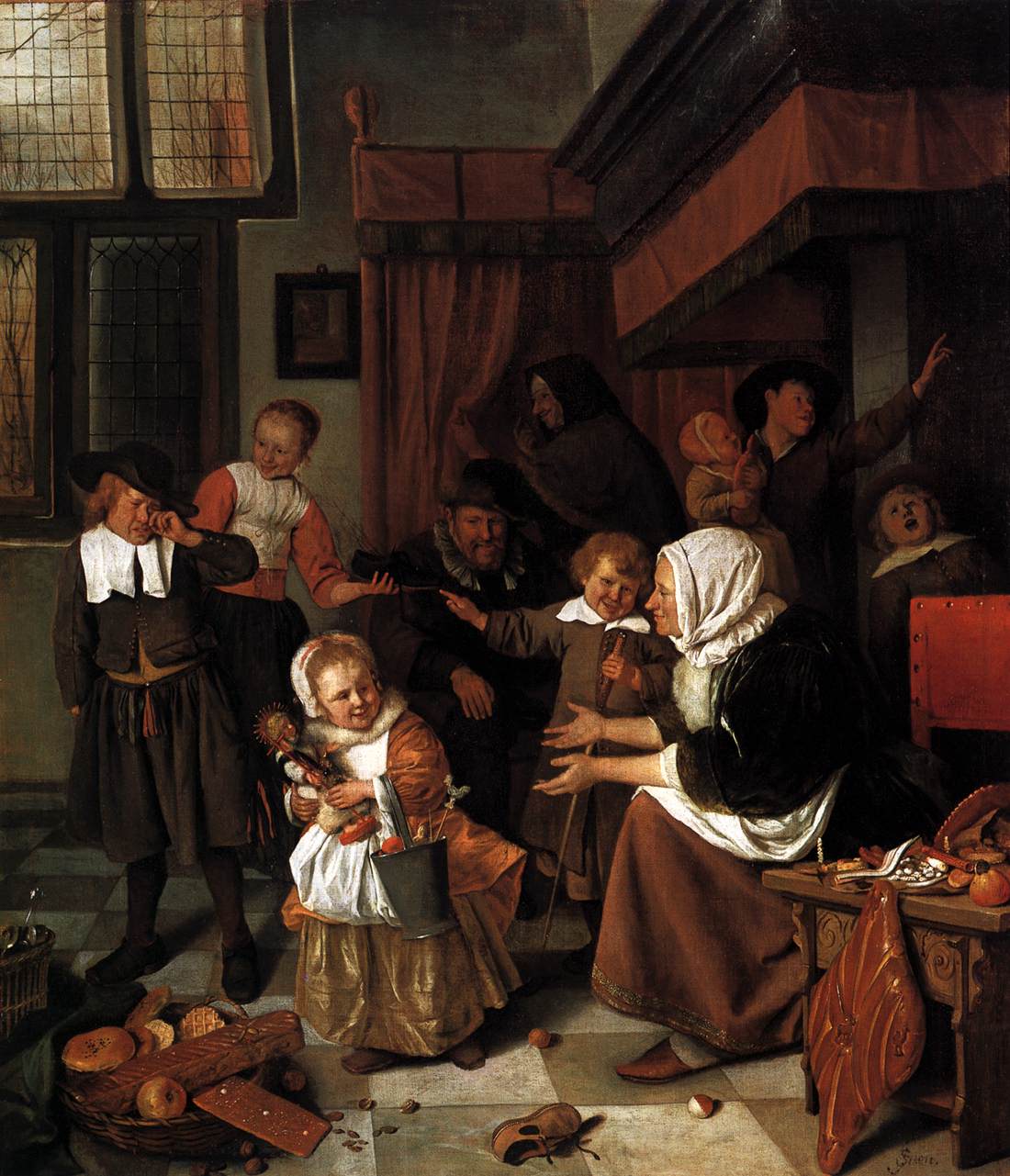
Another tradition of the evening kept each year was “the carrying round the great room of the bronze rooster that at one time surmounted the first City Hall built in New York by the Dutch in the seventeenth century”. The weathervane was presented to the Society by Washington Irving, its first Secretary, back in 1835. Some years the weathervane was oriented in turn to each speaker giving the response to the toasts accordingly.
Again, in 1907, one Dr Vandyke toasted the health of St Nicholas who “gladdens youth and makes the old seem young”. The Times relates:
“He explained that the long clay pipes which had been handed round to each guest was an old Dutch custom on St. Nicholas night. If a man got home with the pipe intact he was considered sober. Sad to relate, he said, it was the habit of those persons who had broken their own pipes to stand outside the tavern doors and break those of their more sober-minded brethren.”
While the St Nicholas Society has ancestral requirements for its membership, there are no such restrictions for the hospitable group’s guests. By the seventy-fifth anniversary of the Society in 1910, even we Irish we invited:
“William D. Murphy, who was called upon to give the toast of “Our City” said that he, an Irishman, was there at the feast for three reasons — first, because the Dutch founded the city; second, that the English took it away from them, and lastly, the Irish had it now.”
By 1919, New Yorkers were living in a changed world, with the war only just passed, and the dreaded Prohibition ever present. In that year, the Times reports that the speakers “expressed their opinions of Bolshevism, communism, and prohibition at their eighty-fourth annual dinner at Delmonico’s last night.”
Happily, these sons of Holland and devotees of Saint Nicholas kept his holy day festive despite the restrictions in place:
“Supreme Court Justice Victor J. Dowling, who was one of the speakers, expressed his thanks to the society for the Constitutional violations that had been provided for him.”
Lest you fear that the days (or nights) of celebrating this holy saint have faded into the folds of yesteryear, the Saint Nicholas Society of the City of New York is still in excellent health, and does not fail to keep the feast in accordance with the ways of its forefathers.
Indeed, the Society’s newsletter reported in 2018 that,
“Chief Steward Maximilian G. M. deCuyper Cadmus led the traditional procession of the Weathercock, which was raised high all around the room as members and guests energetically waved their napkins to generate a breeze that would waft him onto his perch near the lectern, facing east so as to crow out a warning in case of the approach of invaders from New England.”
This year the Society celebrated at the Union Club, and presented its Medal of Merit to the Harvard professor Henry Louis Gates, Jnr.
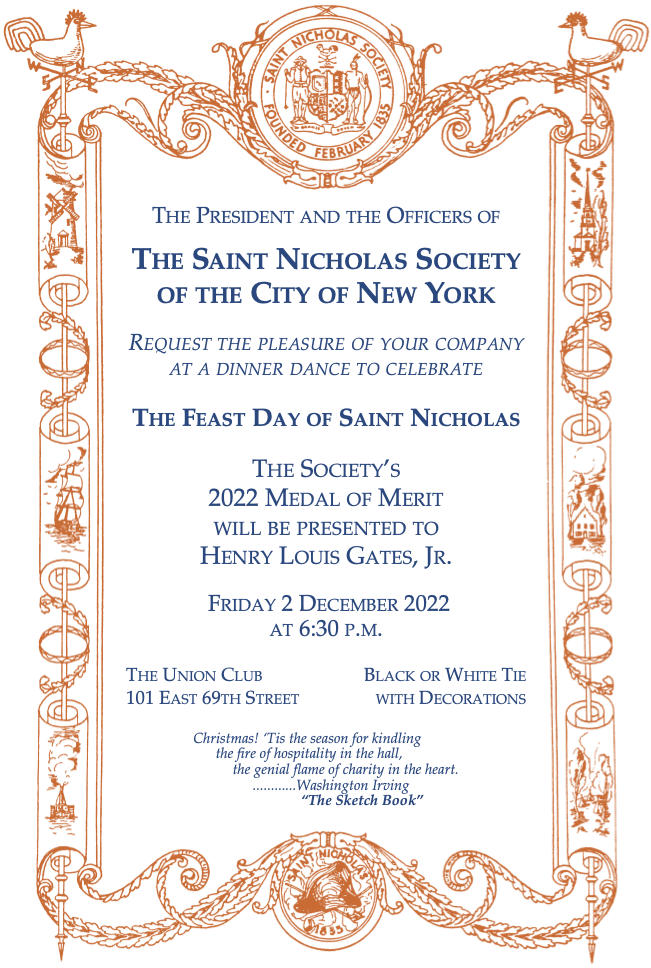
Emblem of the Valencian Courts
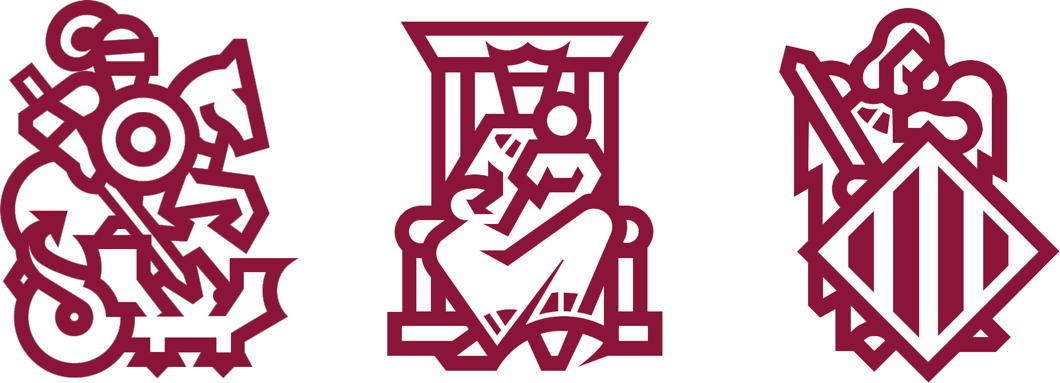
A friend has just brought to my attention how “incredibly, violently, sacredly based” the logo of the Corts Valencianes is.
St George slaying the dragon and the province’s Guardian Angel flanking Our Lady Seat of Wisdom is indeed an excellent sign for a legislature.
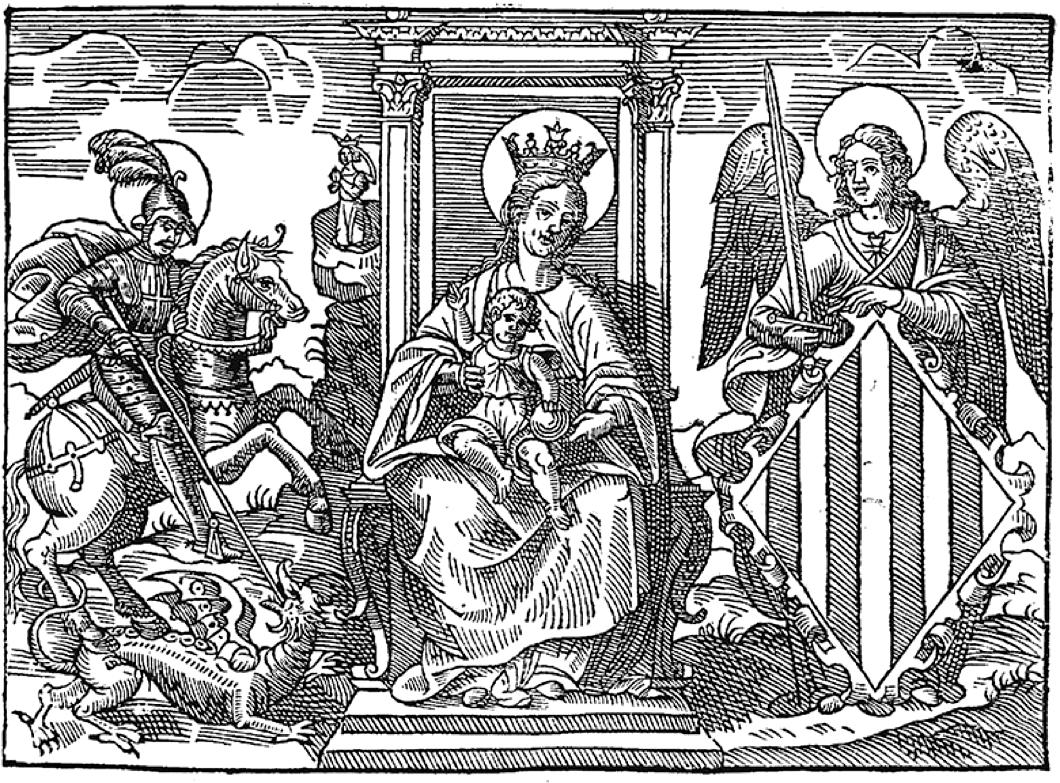
The graphic design studio of Pepe Gimeno was given the difficult job of taking a fifteenth-century engraving and somehow translating it into a modern scaleable image that could be reduced to a small size without losing clarity.
Originally they decided to focus on keeping just the Guardian Angel who bears the heraldic shield with the coat of arms of the province (technically an “autonomous community”).
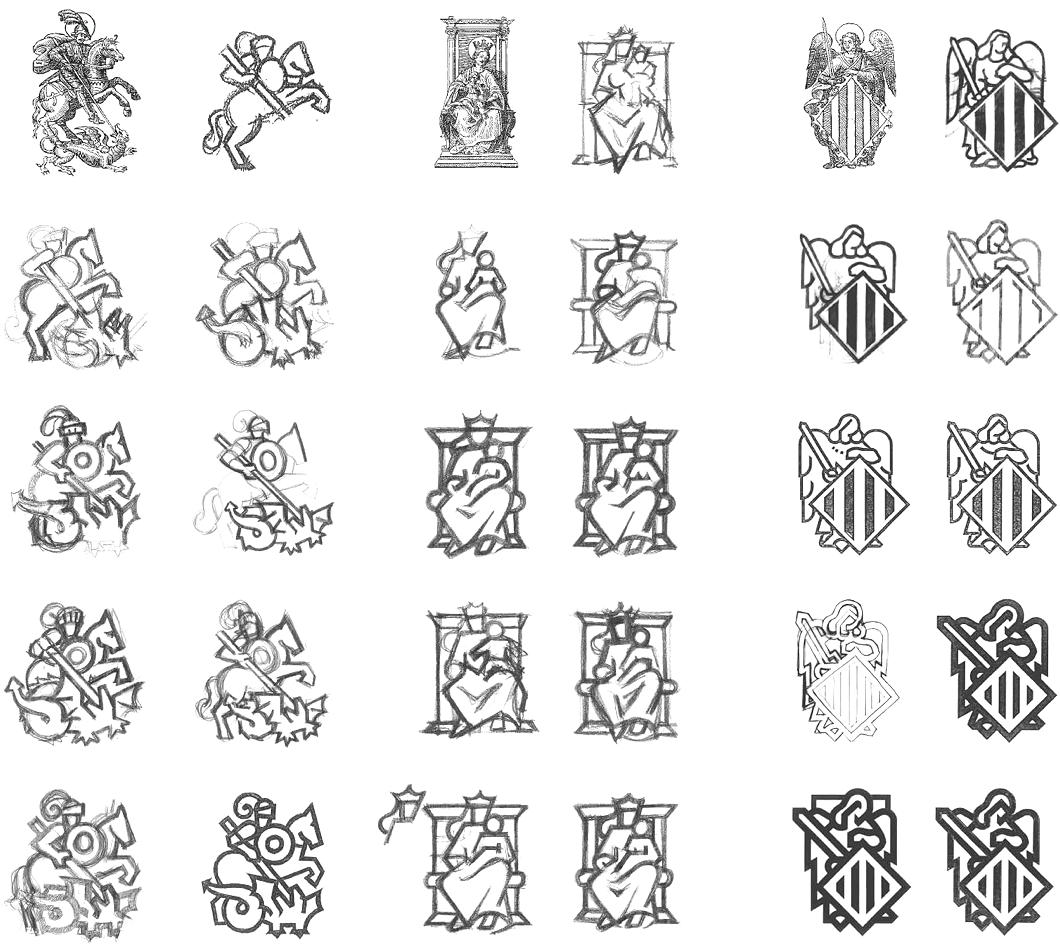
When they did the work, they found the result was convincing enough to do likewise for the other figures in the engraving and include them together, preserving the historical integrity of the emblem.
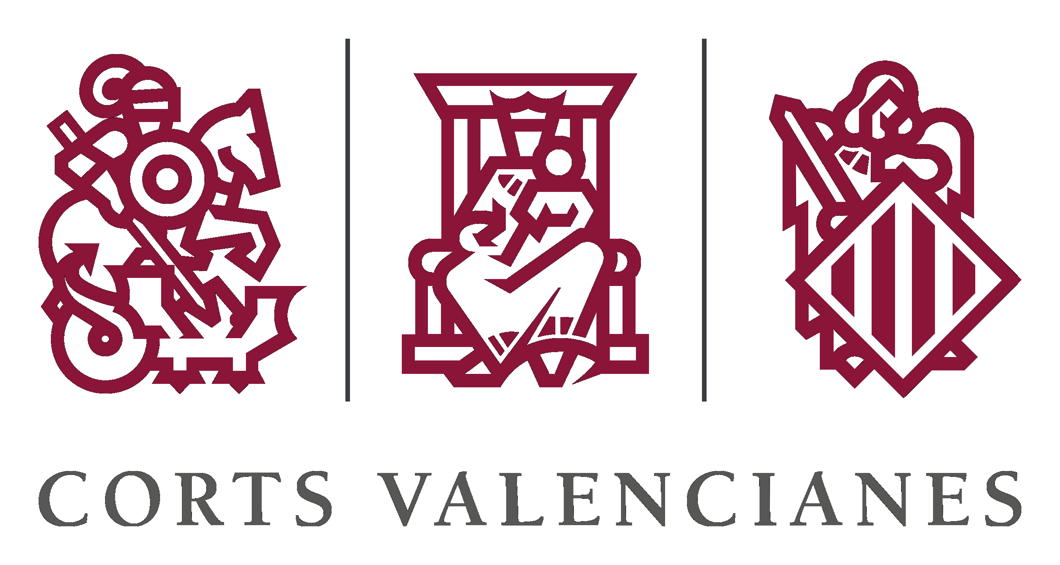
The end result is an admirable modern reworking of something old. Well done.
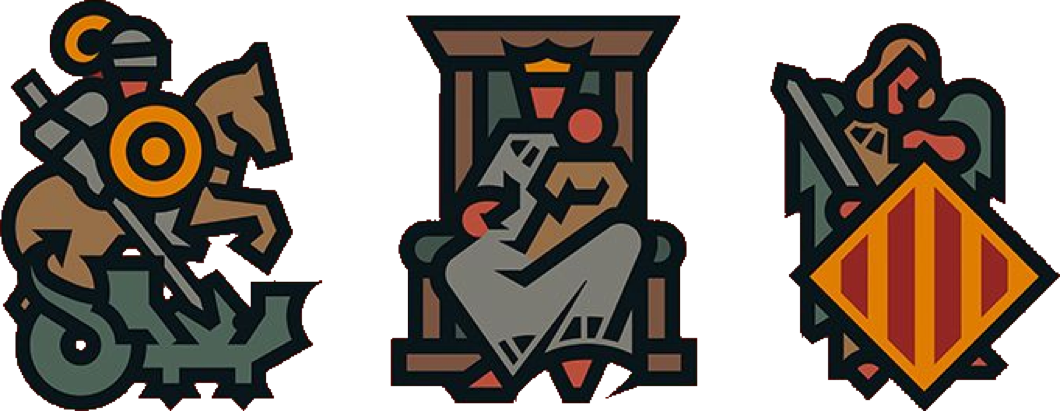
The Headless Horseman & Hallowe’en
Washington Irving’s Legend of Sleepy Hollow — perhaps better known as the tale of the Headless Horseman — is inevitably and almost universally linked to the great feast of Hallowe’en.
There are obvious reasons for this in that Hallowe’en has become the festival of ghoulish otherworldliness, sadly now devolved into plastic mawkishness in a manner old followers of the Knickerbocker ways must surely condemn and mourn.
But this tale is always worth a revisiting; even now in early Advent.
Irving purists — we exist — might point out there there is no indication Ichabod Crane’s fateful evening ride through the Hollow took place on Hallowe’en.
Indeed, Hallowe’en is not mentioned at all in the text of the Legend, and all the author shares with us regarding the date is that it was “a fine autumnal day”:
…the sky was clear and serene, and nature wore that rich and golden livery which we always associate with the idea of abundance.
The forests had put on their sober brown and yellow, while some trees of the tenderer kind had been nipped by the frosts into brilliant dyes of orange, purple, and scarlet.
Streaming files of wild ducks began to make their appearance high in the air; the bark of the squirrel might be heard from the groves of beech and hickory-nuts, and the pensive whistle of the quail at intervals from the neighboring stubble field.
It makes for a luscious harkening of old Westchester and the Hudson Valley in the early days of the republic.
Tastier still is the scene set as the Yankee newcomer Crane enters the home of an old Dutch household for the evening’s revelries:
Fain would I pause to dwell upon the world of charms that burst upon the enraptured gaze of my hero, as he entered the state parlor of Van Tassel’s mansion.
Not those of the bevy of buxom lasses, with their luxurious display of red and white; but the ample charms of a genuine Dutch country tea-table, in the sumptuous time of autumn.
Such heaped up platters of cakes of various and almost indescribable kinds, known only to experienced Dutch housewives!
There was the doughty doughnut, the tender oly koek, and the crisp and crumbling cruller; sweet cakes and short cakes, ginger cakes and honey cakes, and the whole family of cakes.
And then there were apple pies, and peach pies, and pumpkin pies; besides slices of ham and smoked beef; and moreover delectable dishes of preserved plums, and peaches, and pears, and quinces; not to mention broiled shad and roasted chickens; together with bowls of milk and cream, all mingled higgledy-piggledy, pretty much as I have enumerated them, with the motherly teapot sending up its clouds of vapor from the midst—Heaven bless the mark!
I want breath and time to discuss this banquet as it deserves, and am too eager to get on with my story.
Happily, Ichabod Crane was not in so great a hurry as his historian, but did ample justice to every dainty.
So celebrate Hallowe’en not with plastic costumes and cheap trinketry but with Dutch delicacies and tasty treats. (And for helpful suggestions, see Peter G. Rose’s Food, Drink, and Celebrations of the Hudson Valley Dutch.)
Put aside the vampire capes and risqué nurses’ kit and, amidst candles and pumpkins of all shapes and sizes, think of the Dutch Hudson of long ago that lingers still in heart and mind.
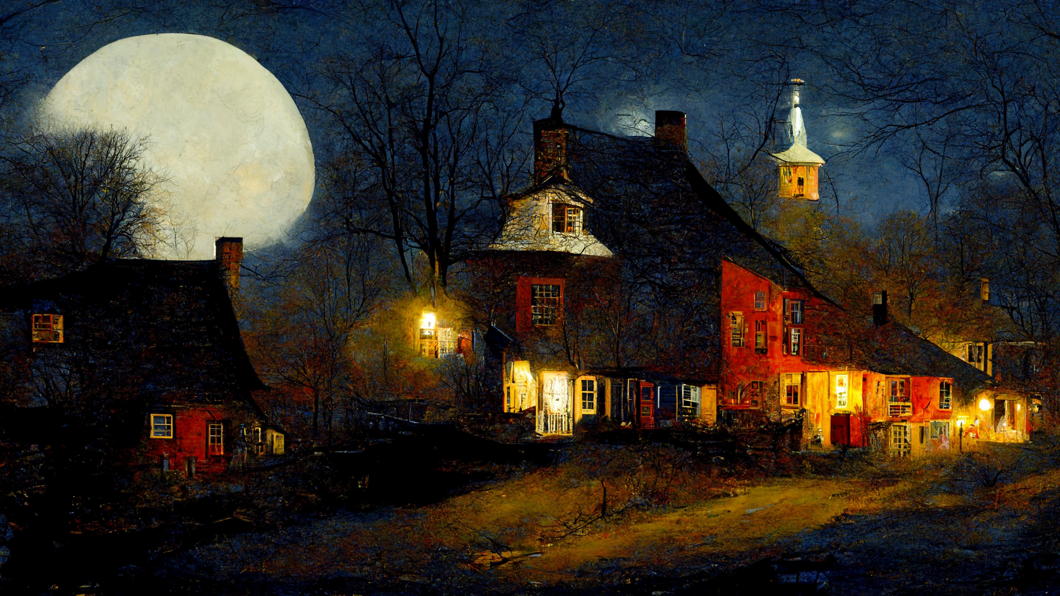
Search
Instagram: @andcusack
Click here for my Instagram photos.Most Recent Posts
- Silver Jubilee November 21, 2024
- Articles of Note: 11 November 2024 November 11, 2024
- Why do you read? November 5, 2024
- India November 4, 2024
- The Lithe Efficiency of the Old Constitution November 4, 2024
Most Recent Comments
Book Wishlist
Monthly Archives
Categories

